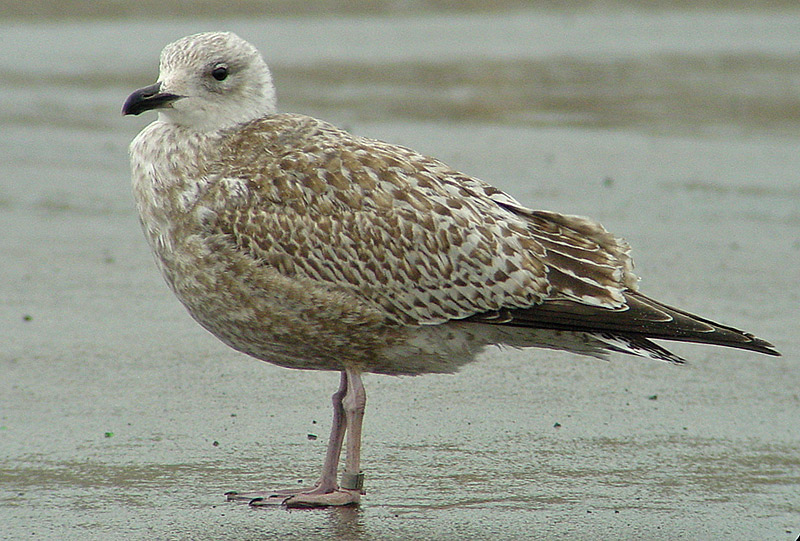 Herring Gull- Zilvermeeuw (argentatus & argenteus)
Herring Gull- Zilvermeeuw (argentatus & argenteus)
(last update:
Herring Gull plumages:
hg 1cy July
hg 1cy August
hg 1cy September
hg 1cy October
hg 1cy November
hg 1cy December
hg 2cy January
hg 2cy February
hg 2cy March
hg 2cy April
hg 2cy May
hg 2cy June
hg 2cy July
hg 2cy August
hg 2cy September
hg 2cy October
hg 2cy November
hg 2cy December
hg 3cy January
hg 3cy February
hg 3cy March
hg 3cy April
hg 3cy May
hg 3cy June
hg 3cy July
hg 3cy August
hg 3cy September
hg 3cy October
hg 3cy November
hg 3cy December
hg sub-ad January
hg sub-ad February
hg sub-ad March
hg sub-ad April
hg sub-ad May
hg sub-ad June
hg sub-ad July
hg sub-ad August
hg sub-ad September
hg sub-ad October
hg sub-ad November
hg sub-ad December
hg ad January
hg ad February
hg ad March
hg ad April
hg ad May
hg ad June
hg ad July
hg ad August
hg ad September
hg ad October
hg ad November
hg ad December
|
Herring Gull H - 128060 2cy (argentatus), February 09 2003, Boulogne/Mer, France (50.43N 01.37E). Ringed as 2cy female one month before observation on January 15 2003 at Oostende, Belgium (51.14N 02.53E), with metal ring Bruxelles H-128060. An individual with limited amount of scapulars moulted for second generation feathers (upper scapulars: 0-25% moulted, lower scapulars 0% moulted, total: class 0-25% moulted); therefore probably subspecies argentatus. The moulted scapulars show a pale base and an anchor pattern on the tip. Note the moult stage in the under-parts and the head, with the head and upper-breast moulted to second generation feathers. This is the most delayed argenteus regarding scapular moult, present at Boulogne-sur-Mer in February. Note also that it has a remarkable high ring-number, so it may be an individual, which has hatched late in the season. The partial autumn moult in argenteus (moult from juvenile plumage into so-called "first winter" plumage) includes the body and head feathers. This moult starts as soon as the nest is abandoned (late June) and continues until January. In general, the head turns paler on throat and forehead, compared to the juvenile plumage. The second generation feathers on the breast are paler as well. The feathers on the vent and the under-tail coverts are still juvenile in most 2cy argenteus by January. From July onwards, after leaving the nest, the mantle and upper scapulars were moulted last year to second generation feathers, showing an anchor pattern and a dark base. The lowest row of scapulars, especially the rear feathers, are still juvenile or actively moulted by March in most 2cy birds (contra e.g. michahellis, which has finished the replacement in the lowest row). The notched pattern of the juvenile tertials, lesser, lower lesser and median coverts is not very obvious anymore by February, as the white parts are largely worn away. The juvenile greater coverts show a 'piano-key' pattern in argenteus; on the outer greater coverts as well.
|
